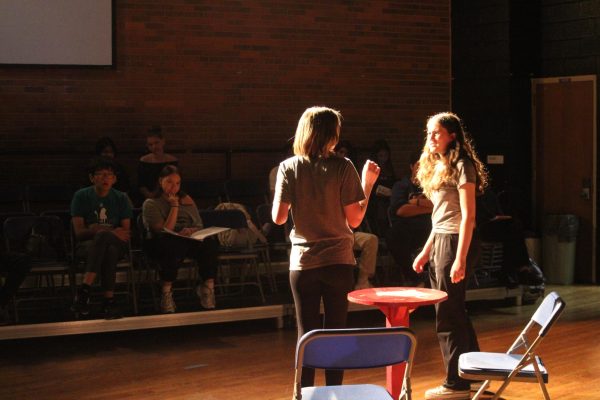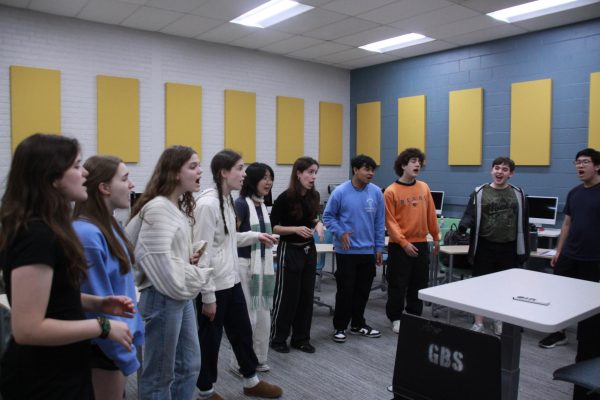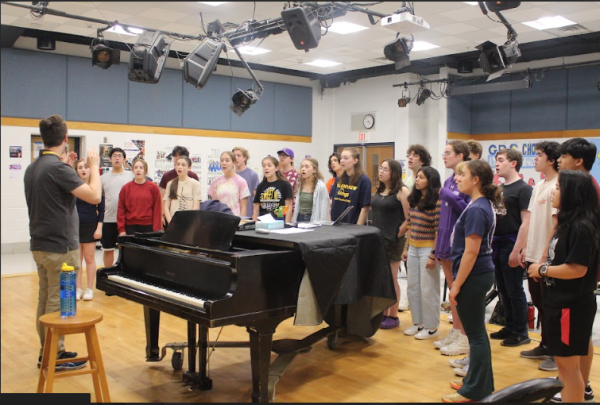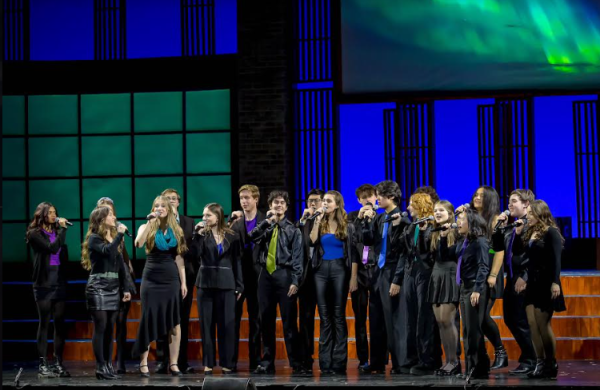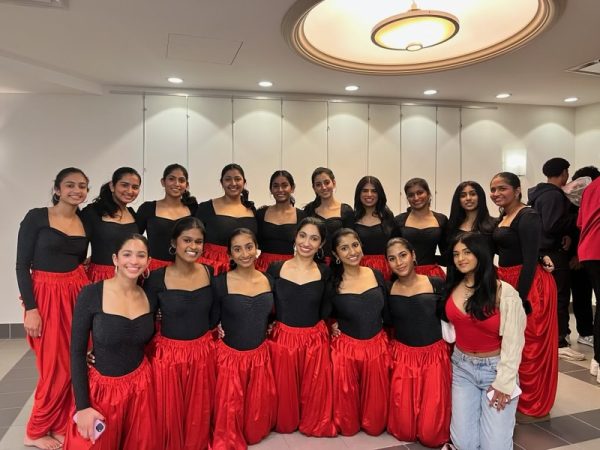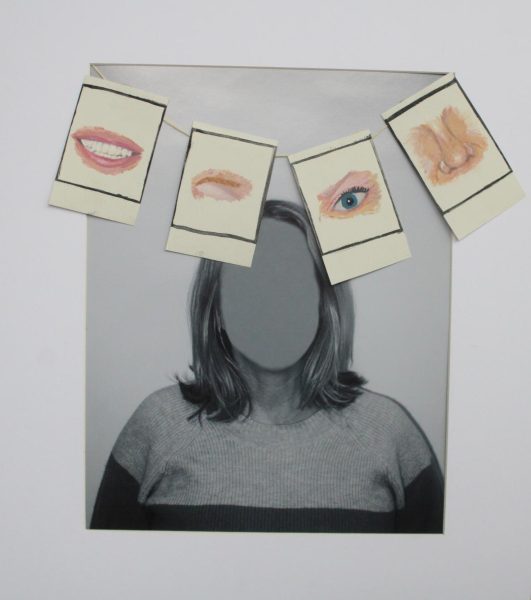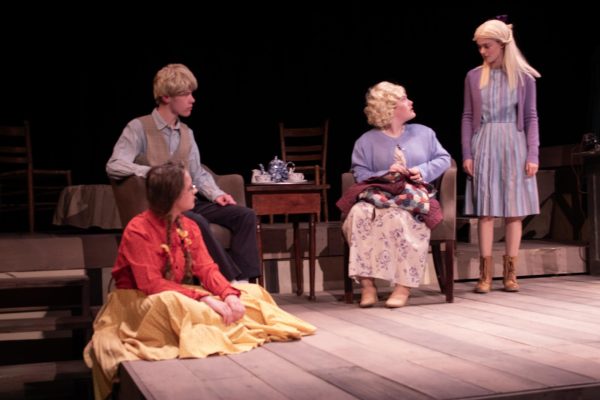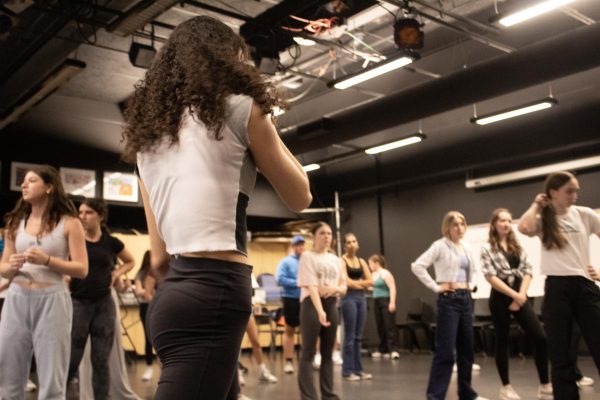South faculty reflects on growth of arts since their graduation
May 26, 2017
Not long ago they were sitting at small wooden desks, anxiously awaiting the return of their tests, now they are handing the tests back themselves. Not long ago they sat in the cafeteria laughing with their friends, now they sit in their offices talking with their colleagues. Not long ago, they were singing onstage at the Variety Show, now they sit in the audience enjoying watching their students perform. Many of South’s teachers were once students at GBS, and have witnessed a change in some of the programs they were involved in.
Michael Macfadden, Career and Technical Education (CTE) teacher, graduated from South in 2003, and says he had always loved his elective classes in high school, a key factor in his choice to become an electives teacher. Macfadden said his participation in choir, battle of the bands, and the V-Show at South helped foster his appreciation for the fine arts.
“I think just being involved in the fine arts […] whatever the case may be, sort of taps into another aspect of the brain that you maybe don’t get in your other disciplines.”
Macfadden says that in all his time at South, he believes them to have always been very supportive of the arts. Macfadden specifically recalls South’s old jazz band “Daybreak” coming to perform for him at Westbrook Elementary School. He says he believes this emphasis on the arts to be important, as students being able access to their creative juices in academic classes is beneficial. As a teacher of digital graphic design, Macfadden says he has direct experience with students who have had little access to their creative sides.
“Creativity is a muscle,” Macfadden said. “It requires practice to strengthen, and honestly I see a lot of students where that muscle has atrophied a little bit.”
Similarly, radio teacher Daniel Oswald says that since his time as a student as South, the radio program has become larger and more technology inclusive. He says he has also witnessed the merging of different aspects of the media, and more students are leaving South to go into a media related profession. Oswald says during his time at South fewer students pursued media, as the sections of print, radio, and TV were very segregated.
“[Now] in order to be a successful student of media, and then practioner of media, you have to have experience, and be willing to work, in all areas [of media],” Oswald said. “I tell my students learn radio, learn TV, learn print, because I guarantee you’ll have some job and be able to make some money.”
History teacher David Berkson says that his involvement with the speech team at South greatly helped improve both his speaking skills and his confidence when expressing his ideas. He says that his positive experience with the speech team in high school led him to become involved with the team as a coach.
“I enjoyed [speech] as a student, but part of what I enjoyed was being with my coaches,” Berkson said. “I thought they were really positive role models and support systems […] and [now] I kind of want to give back, in a sense.”
Oswald also says that the changes in radio as a whole impact the way radio is taught and visa versa. He says the current grassroots push for radio stations to go back to being local and regional stations impacts South student’s experience.
“I have students that are not just taking radio class, they’re running a real licensed FM radio station[…] There’s a responsibility that they catch on to by junior or senior year that, ‘Hey, we’re running a business within a school.’”
Oswald adds that he believes radio to be more timely than most electronic media as it plays on the past experience and knowledge of the listeners.
“That’s kind of the magic of radio,” Oswald said. “People can customize their own visuals. You help them with a story, you don’t just show them a story.”
Macfadden says that while applied arts may be more ‘practical’ in today’s job market, he finds the fine arts to be equally important. He also adds that with the recent growth in technology he believes the two arts have become more intertwined.
“There’s sort of been this convergence of what were once [two separate areas of study],” Macfadden said. “To have those fine arts’ muscles is more important than ever.”





